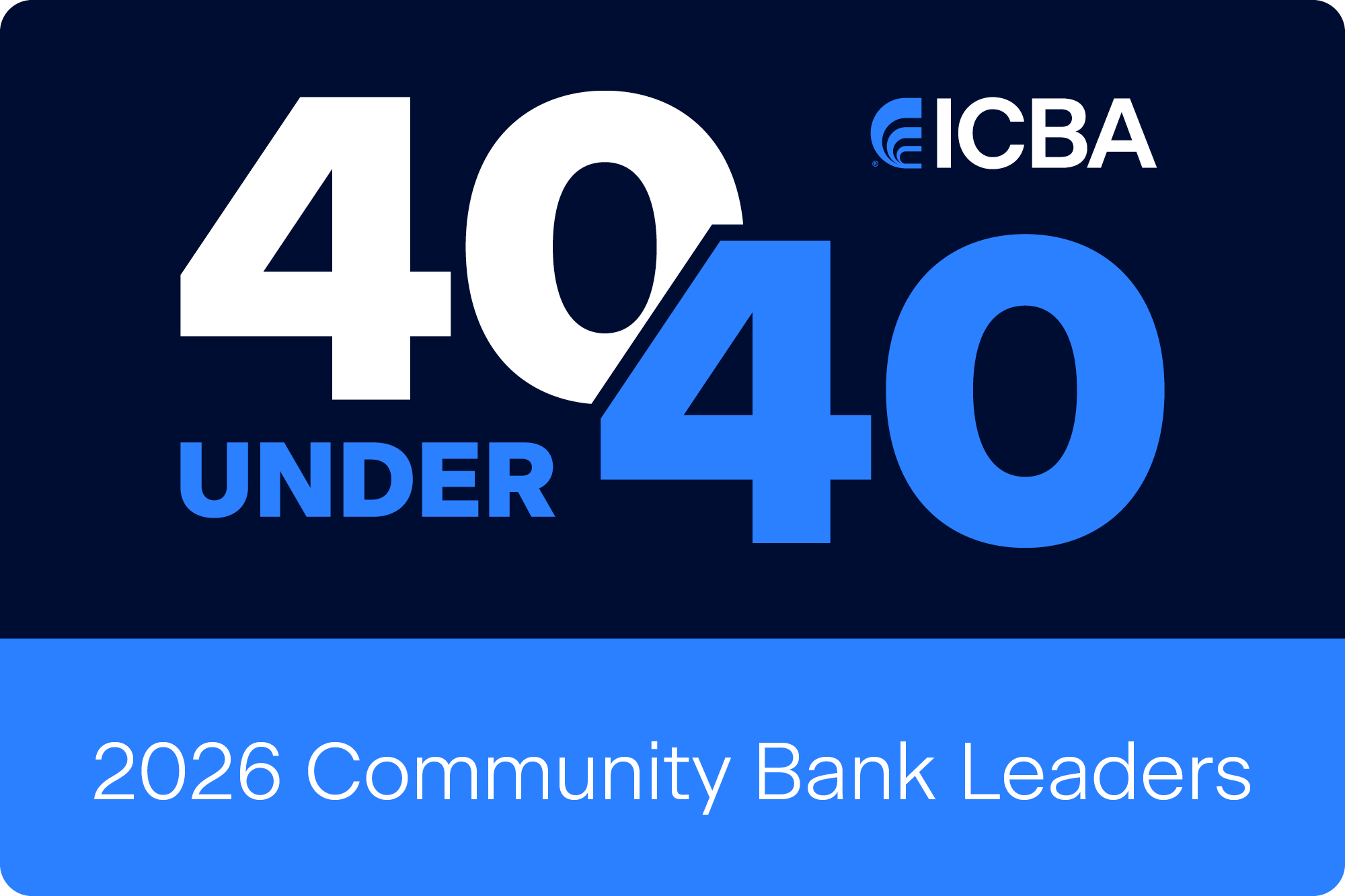Payments have transformed into a strategic opportunity. They no longer simply perform a routine function. Instead, they offer revenue potential, enhanced customer experiences and more.
Jacob Eisen: Make Payments a Strategic Budget Priority
August 01, 2025 / By Jacob Eisen
Payments have transformed into a strategic opportunity. They no longer simply perform a routine function. Instead, they offer revenue potential, enhanced customer experiences and more.
Payments have transformed into a strategic opportunity. They no longer simply perform a routine function. Instead, they offer revenue potential, enhanced customer experiences and more.
For instance, payments create greater customer stickiness, driving deeper connections. As customers use your payments products and apply them to digital wallets, scan-to-pay solutions and more, they grow their relationship with you, one transaction at a time.
Payments also provide a steady stream of noninterest income. Consider the products you can create with FedNow, for example: Nearly two-thirds of businesses say they are likely to use instant payments if offered by their primary financial institution, and they consistently indicate they will pay for instant payments.
As you work on your community bank’s 2026 budget, consider how to capitalize on this momentum. The following steps provide you with a roadmap for strategically incorporating payments into your community bank’s budget.
1. Understand your current payments ecosystem
Identify all payments-related services currently in play at your bank and clarify which departments own payment-related expenses. This will provide greater transparency and insights into your payments performance today.
2. Establish a payments plan
Use your budget discussions to drive decisioning around payments program goals. Your payments plan should include: a connection to your strategic plan; an evaluation of customer needs and behaviors; a benchmark against peers and industry trends; prioritization of measurable outcomes; clarity around customer experience targets; assessment of operational and compliance readiness; input from a cross-functional team; a timeline with milestones; flexibility to incorporate emerging technologies; and predetermined checkpoints for regular assessments of the plan to address market shifts.
3. Budget for strategic payments initiatives
Developments like digital wallet enablement and RTP and FedNow engagement will bolster your payments program. Ensure your budget allows for focused efforts to support these areas and your goals, and keep in mind opportunities like card marketing and reward campaigns; operational improvements or system integrations; and staff training and development in payments systems.
4. Coordinate across departments during budget season
Bring in stakeholders from IT, compliance, treasury, operations and relationship management. In addition, ensure all payments-related needs and opportunities are captured in one aligned financial plan.
5. Plan for flexibility and growth
Set aside budget capacity for emerging payments trends and make certain there is room for you to consider future scalability to serve customer expectations and remain competitive.
At the end of the day, evolving your payments program is necessary to ensure they serve you as a strategic lever, not just an operational need. Budgeting to advance your payments program will allow you to remain competitive, innovative and positioned for long-term growth.
Subscribe now
Sign up for the Independent Banker newsletter to receive twice-monthly emails about new issues and must-read content you might have missed.
Sponsored Content
Featured Webinars
Join ICBA Community
Interested in discussing this and other topics? Network with and learn from your peers with the app designed for community bankers.
Subscribe Today
Sign up for Independent Banker eNews to receive twice-monthly emails that alert you when a new issue drops and highlight must-read content you might have missed.
News Watch Today

Join the Conversation with ICBA Community
ICBA Community is an online platform led by community bankers to foster connections, collaborations, and discussions on industry news, best practices, and regulations, while promoting networking, mentorship, and member feedback to guide future initiatives.













